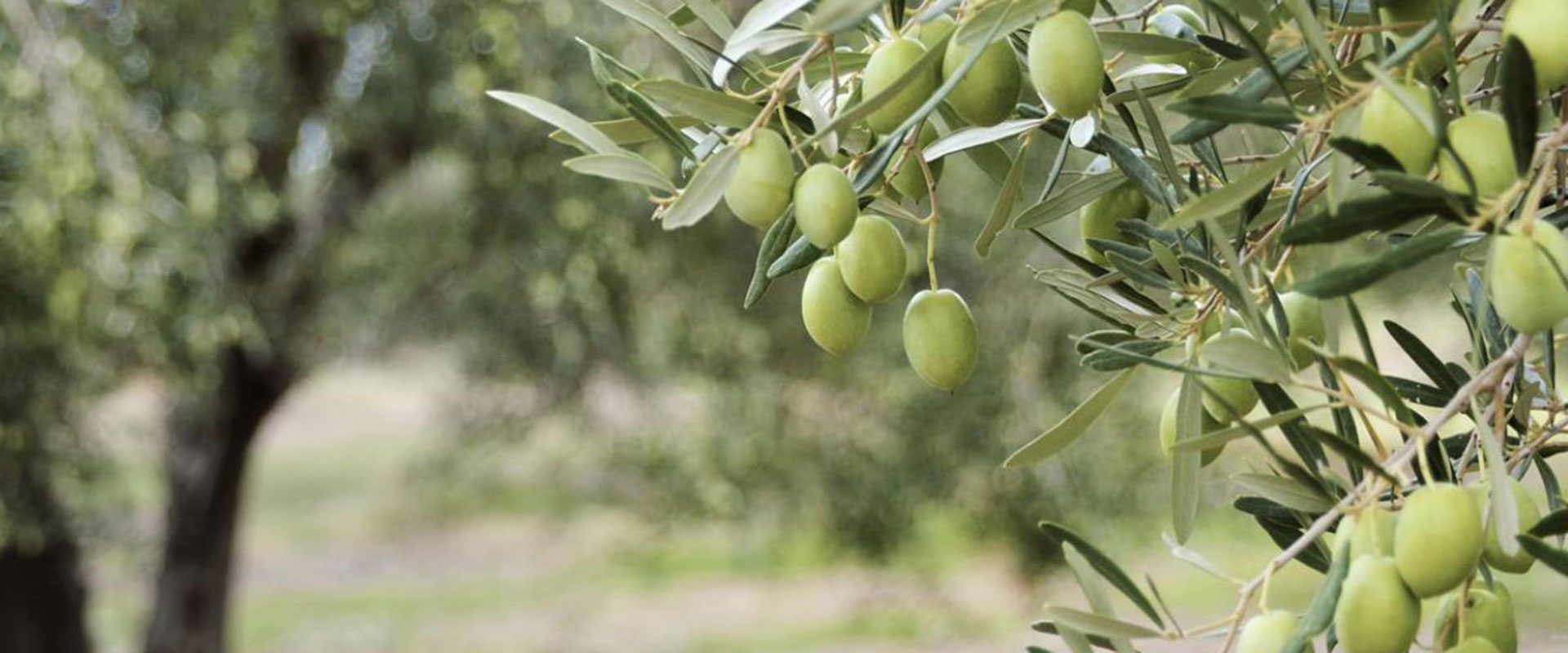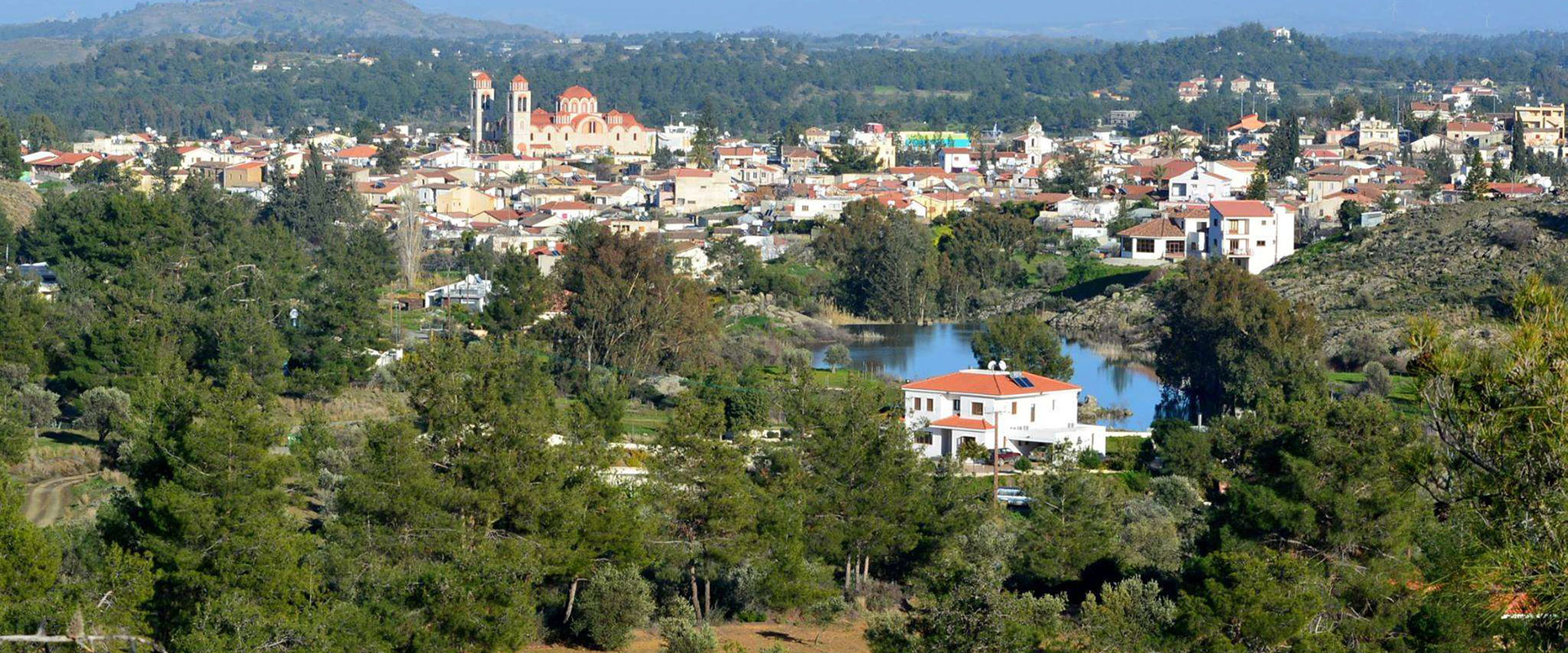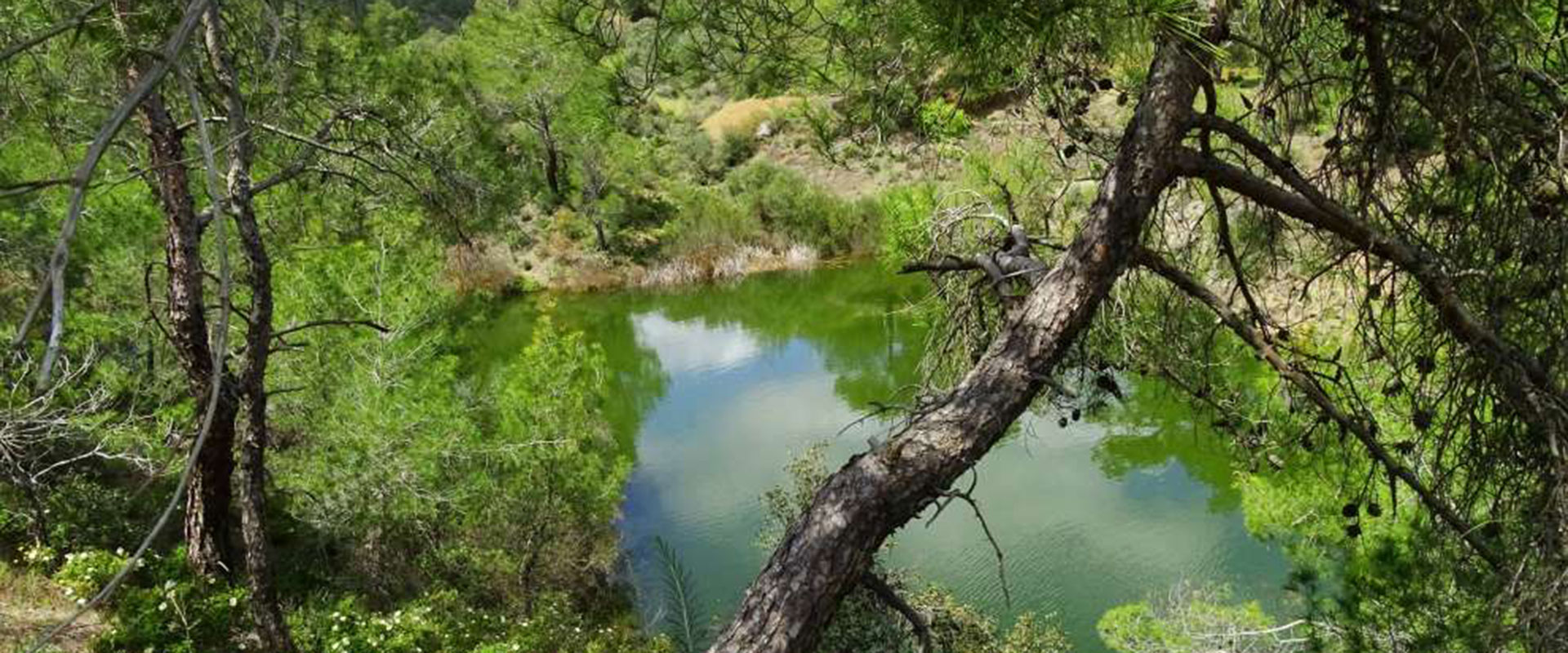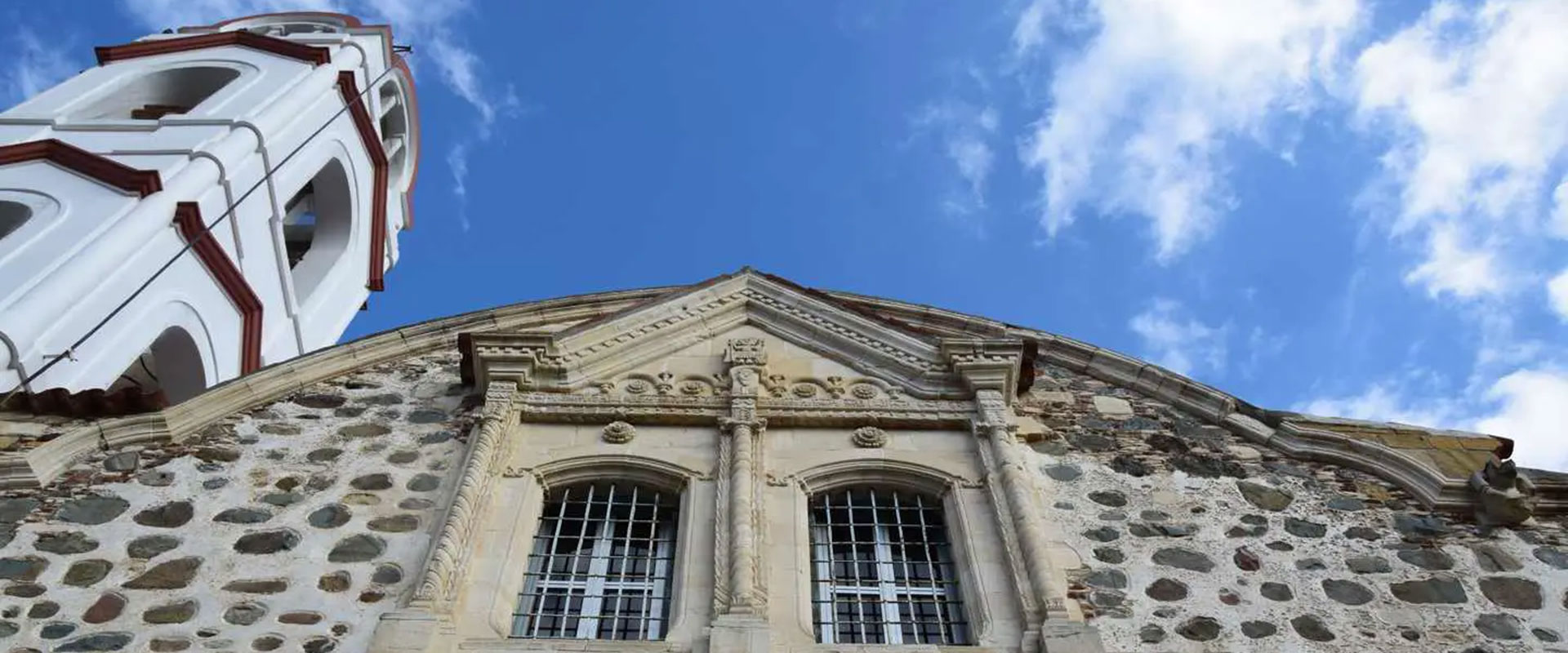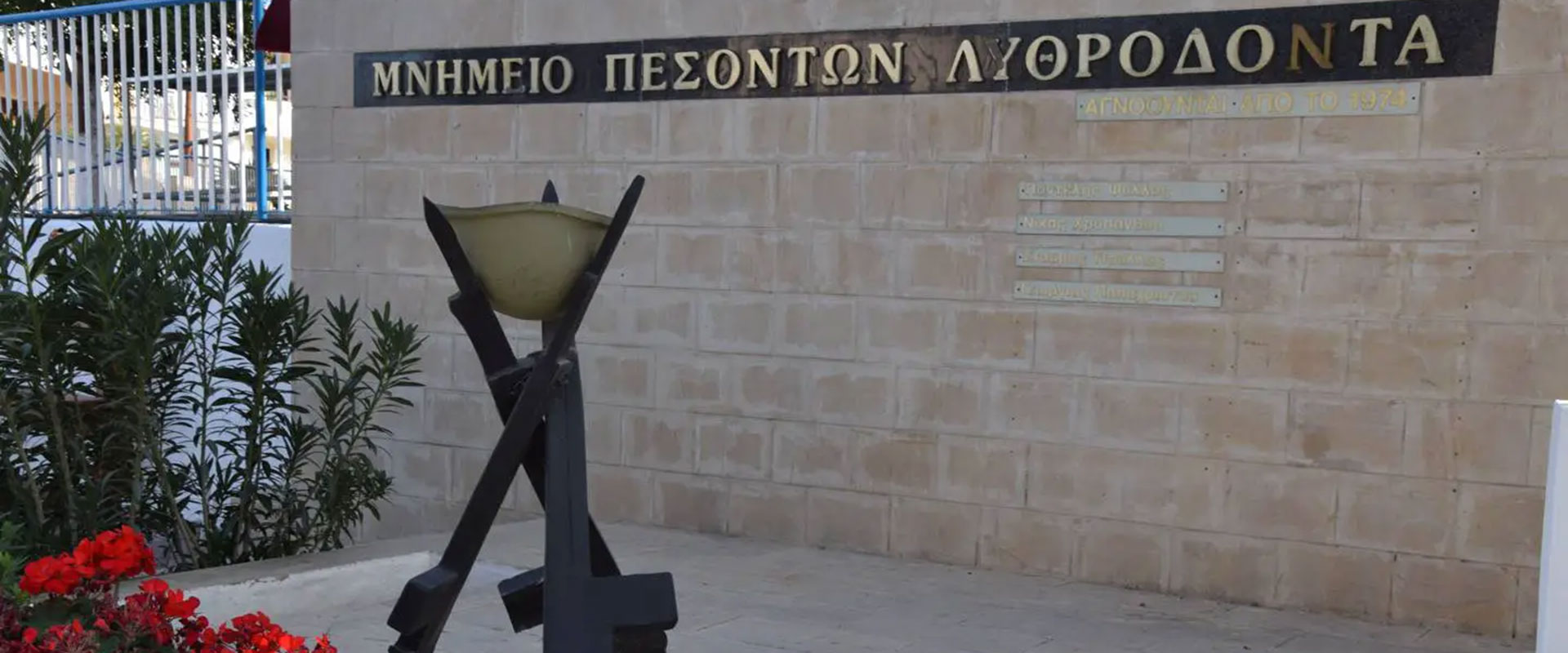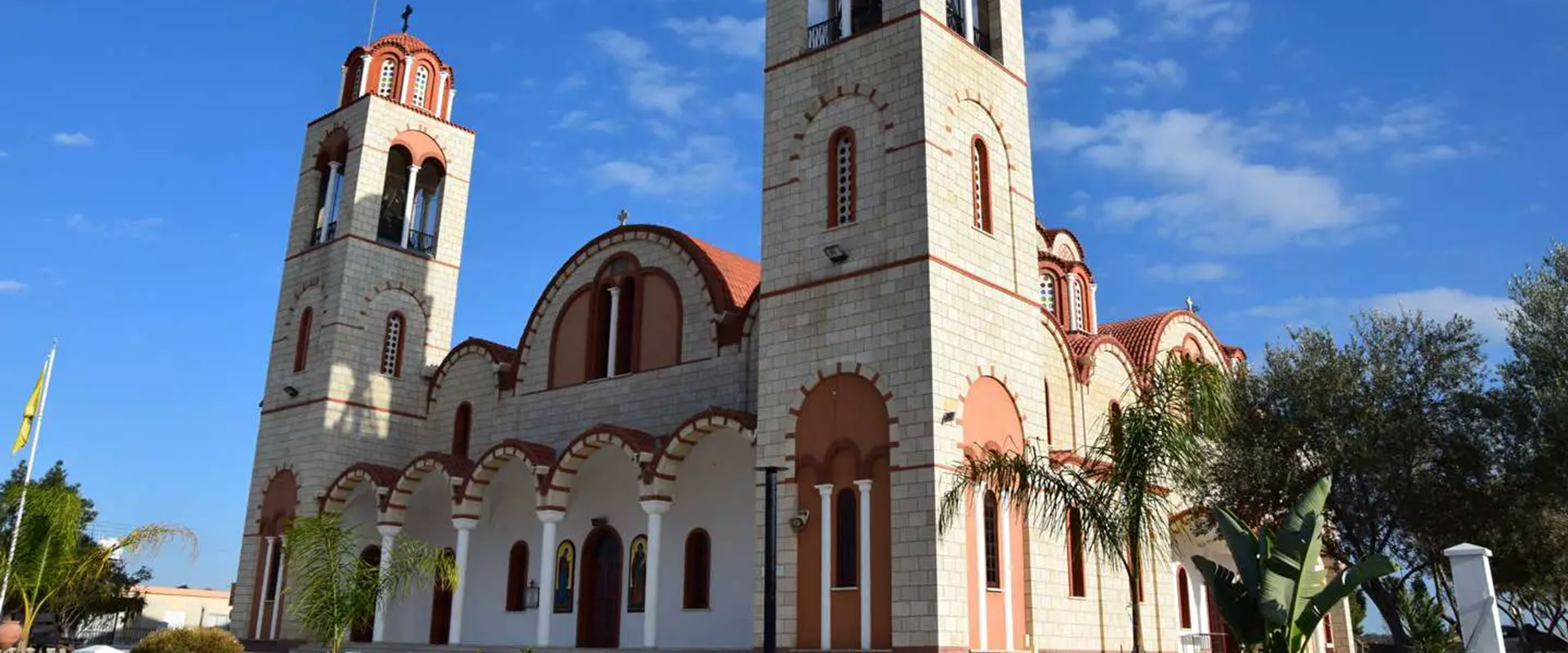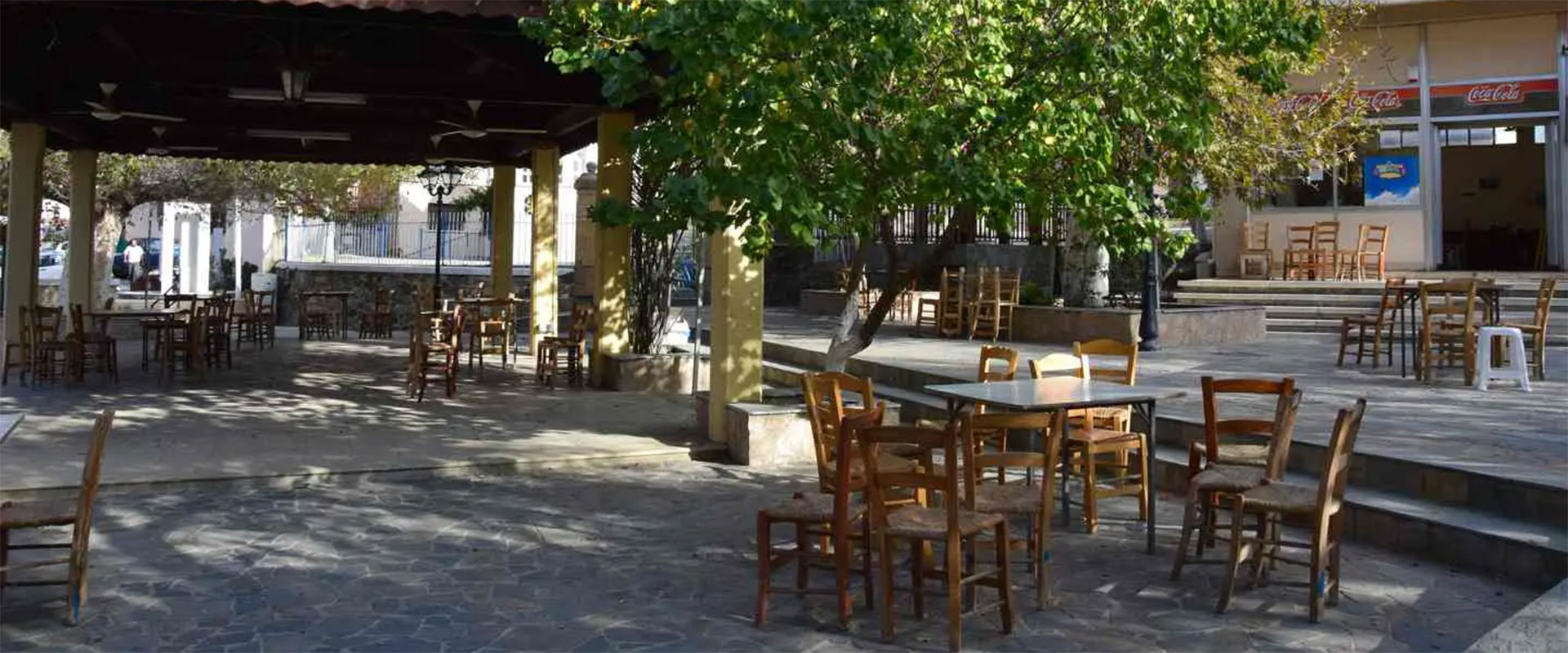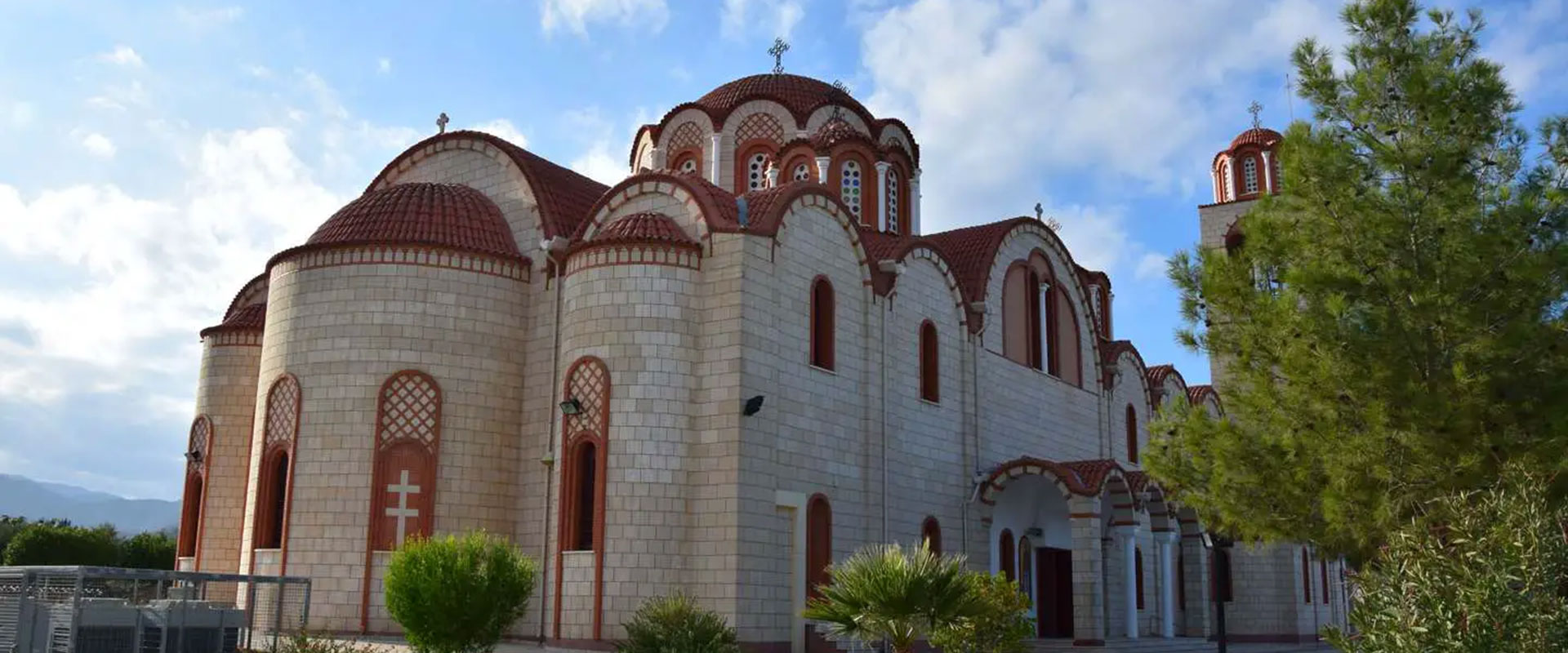History
Lythrodontas is built on the foothill of the mountain region of Machairas and is covered by the green colour of the olive groves. It is not after all accidental that Lythrodontas is known for its rich olive groves.
The village is located in the Nicosia District, in a relatively short distance from the capital, since it is only 31 kilometres away.
Historical retrospect
According to the Great Cyprus Encyclopaedia, the name of the village leads to the conclusion that it was established during the Byzantine years. However, some ancient remains reveal that the village was inhabited since the ancient time, mainly during the Hellenistic years.
Later on, both during the Frankish occupation and the Venetian occupation, the village was a fief. Actually, it is marked on maps by the name of Litrondi. Karouzis writes that “in the medieval years it had been a known fief, which, according to Florios Voustronios, used to belong, between the years 1464-1468, to Vinsignera Moressin first, and to Petros Voutronios second”.
During the Turkish occupation, many residents of the village were Crypto- Christians. Afterwards, however, as the Great Cyprus Encyclopaedia writes, “they became unconcealed Christians in groups”. And it adds: “According to Nearchos Clerides, this happened during one Easter when they had gone to the churches and the other residents did not allow them to attend the mass. As a result, on the next day, they all went to the Archbishopric in Lefkosia and were baptised”.
Also mentioned about the period of the Turkish occupation is that “many residents of Lythrodontas acquired land property in Latsia, near Lefkosia, where they eventually settled and established large olive-tree plantations”.
As time went by, mainly from the beginning of the 20th century, Lythrodontas, as the Great Cyprus Encyclopaedia underscores, constituted the head-village of the region. Nowadays, Lythrodontas continues to follow a growing course. Actually, as Karouzis observes, many people from the capital build their country houses in Lythrodontas.
Cultivations
Wild vegetation and cultivable pieces of land interchange harmonically creating a landscape of unique beauty. Several fruit-baring trees, such as pear, fig, apple, peach, and plum trees, as well many kind of vegetables are cultivated in Lythrodontas. More: Natural Environment
An important place among the village’s cultivation is held by the olive groves. Karouzis explains that the “olive tree remains the main tree of the village and it is possible that Lythrodontas maintains the largest olive tree cultivations in Cyprus” More: Olive Cultivation
Up until a few decades ago, viticulture was equally important. There were many vineyards and several types of grapes that could be used to make wine and which were suitable for the making of the traditional alcohol drink “koumandaria”. Gauntry, as Karouzis states, mentions that “the main products of the village in the previous century were olive-oil and “koumandaria”. He describes the wines of Lythrodontas as “light, with clear colour, lucent and rich in alcohol”.
Population
The population of Lythrodontas, with the exception of 1931, has followed a growing course from 1881 until 2001. The following table presents an analytical course of the village’s population.
| Year | Population | Year | Population |
| 1881 | 684 | 1946 | 1.300 |
| 1891 | 723 | 1960 | 1.448 |
| 1901 | 723 | 1973 | 1.785 |
| 1911 | 860 | 1982 | 1.870 |
| 1921 | 905 | 2001 | 2622 |
| 1931 | 651 |
Churches
The main church of Lythrodontas is dedicated to Agios Therapontas. The remaining churches of the village are dedicated to Archangel Michael, to Agios Georgios and to Panagia (Virgin Mary). Moreover, situated southwest of Lythrodontas is the old Monastery of Prophet Elias, which is today owned by the Monastery of Machairas.
Education
Education in the village starts after the middle of the 19th century. The first teachers were priests. In particular, the first letters in the village, according to Ieronymos Peristianis, were taught by Father Christodoulos from 1858 until 1870. Next, during the following two years, from 1870 until 1872, Protopapas was the teacher. In 1872, according to the Great Cyprus Encyclopaedia, “a large hall was built and was funded by Meletios Hadjiantoni, priest of the patriarchies in Constantinople”. Consequently, the first community school began its operation. Michael Kallonas in 1876 and Alkiviades Skourlas in 1880 taught in this school.
Sources:
Giorgos Karouzis. “Strolling Around Cyprus, Lemesos, City and District, Lefkosia 2001.
Great Cyprus Encyclopaedia, vol. 9
Lythrodontas Community Council
Naming
The name of the village, according to the Great Cyprus Encyclopaedia, “was first derived by the first resident who was named “Erythrodontas”, meaning a person with red teeth. The same is also mentioned on a document of the Community Council’s records. According to this document, Erythrodontas, who was called Lythrodontas as the years went by, was a big land owner of the area and he had some kind of a flaw with his teeth. This “flaw” appears to have been common in the area because it is remarked on the aforementioned document that “many residents of the township of Athiaenou have it until today”.
How to get here

